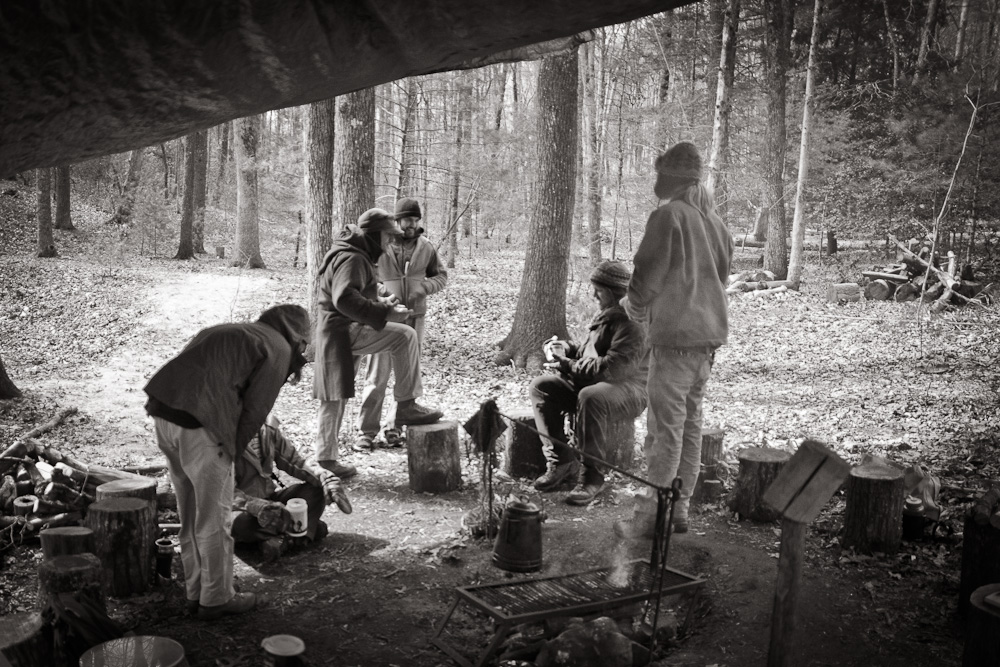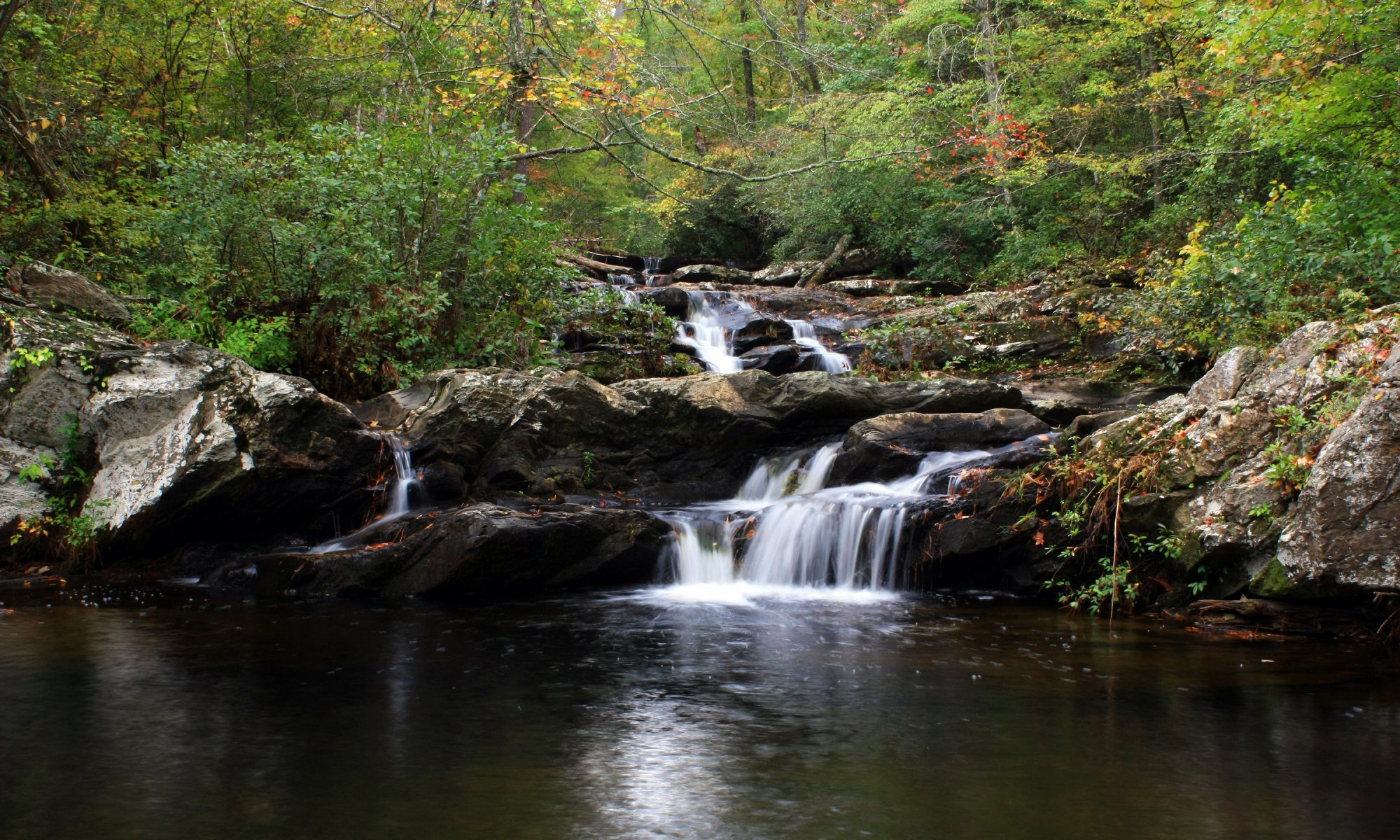
Only two percent of the adult students whom I host carry a blanket in their cars. Even less carry water, matches, extra clothing, or food supplies. These are not fanatical considerations, but practical ones. Perhaps the world’s congested population suggests that these safeguards are not necessary; that is, there will always be someone close by to help us. This frame of mind lulls us into a false security, even when we enter vast areas of low population density or wilderness that, thankfully, still exist.
Among my hard-core whitewater friends, with whom I have plunged into adventures made more “on the edge” by the remoteness of the journey, I was consistently met with one baffling fact on day trips: I was usually the only one in the group carrying emergency supplies. I am not referring merely to a first-aid kit but things like dry matches, a bundle of resin-rich dry kindling, a wool sweater, and a few overnight needs. Complacency can be found anywhere.
There is a strong and convenient propensity for humans to plan according to how they would like things to go … rather than how things might go. Simply imagine what could go wrong. And if that happens … what would you need?
Even if primitive fire-making is your strong point, if someone falls prey to hypothermia, you’ll want a fire blazing within minutes … not in half an hour. Matches are invaluable. My journeys down rarely explored streams coincided with high water levels, which often meant rainy-day excursions. Not only did such weather increase the chances for hypothermia, but also it slowed down fire-making time. I considered a supply of dry matches and highly flammable lighter-wood a life-saver, and in those forty-five years when I was an active canoeist … on one occasion it was.
It was on a twenty-mile-long, remote section of river that had been planned as a day-trip in December, but one of our party had misjudged his stamina. With our group of three only as fast as its slowest member, the moonless dark caught us with seven miles to go. The difficulty of the rapids made pushing on blindly impossible. As ice accumulated at the river’s edge that sub-freezing night, my companions slept toasty-warm by a fire made in minutes in pitch dark. Very high on the list of assets that night were: a flashlight, wax-dipped matches, splinters of lighter-wood, and extra sweaters. That one overnight (out of a lifetime of trips) justified my precautions. It could have been our last trip.
Survival materials kept in a car, in a canoe, or in a living abode are simply evidence of common sense. One has only to think about what might be needed in case of a highway breakdown, running out of daylight on the river, or a power outage for a given season. At home the degree to which a person prepares for potential disaster can vary from caching bottled water and canned foods to the hoarding of firearms and ammunition.
Wilderness survival can be approached on different levels of technology, too. There are fire-starting devices, water-purifying pills, space blankets, special heat-conserving clothing, chemical hand-warmers, nutritional tablets, compact multi-use tools, portable communications devices, GPS, weaponry, and more. This book will deal with the primitive techniques used by the Cherokee, who knew these Appalachian wilds as no people will ever again know them.
These skills can never become obsolete; because, whereas the availability of purifying tablets, synthetic materials, processed chemicals, ammunition, and machinery could conceivably come to an end … the gifts of wood, leaves, stone, earth, and animal, hopefully, will not.
There are wilderness programs that take students who want to “survive” for a given duration under the tutelage of a staff. Though such an experience is not without its merit and lessons, it might teach more tolerance than proficiency. At my school I have hosted many students who had attended such courses. They assured me right at the start that they were old hands at all these skills and had just come to Medicine Bow to “brush up.”
As it turned out, they were not skilled. My sense is that a student might walk away from the trying ordeal of a full-bore survival program thinking he knows how to “survive,” having put up with a week or two of discomfort. Such an attitude represents one of my least favorite American aphorisms: “Been there, done that.”
I suspect that one appealing aspect of undergoing such an “ordeal program” is that it is supervised, and the student feels that cushion of the removal of risk of life. This is a sound consideration. No one should enter into a voluntary survival challenge with death as an option. But in reality these students were skimming the surface of survival … just as they are at my school. The difference is that, at my school, they know it. At Medicine Bow they’ll put a lot of sweat and effort into each hands-on project, but more importantly they will walk away with copious notes that guide them toward mastering each project on their own. It takes years.
Am I criticizing such survival programs? Only if they purport to make a “survival expert” out of a student in a short time. Taken as a source of lessons, there are some excellent teachers offering these programs all over the country. And learning about tolerance does have its merit. Furthermore, a forced ordeal does have a valid place in triggering action – especially as a therapy for certain behavior-rehabilitation groups (at-risk youth) that need lessons in accountability and discipline.
My philosophy embraces another route: a self-motivated series of “partial ordeals” that accumulate over time eventually to comprise the full-scale, voluntary survival trip. Each step of this endeavor is preceded by an earnest quest to master the one skill that will be tested in the outing. In other words, after the training, after learning from a teacher (a person, a book), and after lots of solo practice, the student goes on an outing by his own deliberation and determination, willing to take full responsibility for successes and failures, but with a back-up plan for failures.
That’s the way we shall approach the skills within these pages. If you are motivated more than the average student, go out on your own and see what you can figure out about shelter or fire-making or building traps. But don’t let this experimental method carry over into your use of plants as foods or medicines. Never make assumptions about unknown plants. One other area that should not be approached experimentally is hunting. It is unfair to the wild animals. Every hunter has an obligation first to become unerring with his weapon.
The number-one asset a person could possess in a true survival situation is “sangfroid” – the ability to remain cool and collected while under pressure. An unfrazzled presence of mind is essential to respond logically to needs in a stressful situation. I suspect a person either has this or doesn’t, but I do believe one can improve in this area by sheer willpower and by exposure to challenging situations. It is a choice, and choice is, by my estimation, one of the great human characteristics … to be a way we want to be.
If tolerating a week of survival class helps a person realize his/her level of (or lack of) sangfroid and to consciously work on the will to be steady and productive, then that survival class experience becomes more important. And if such an ordeal spurs a student to return home and practice those learned physical skills toward mastery, even better.
But I doubt this is the outcome for most … unless a student enters into the experience with a predisposed commitment to and serious hunger for such lore. My complaint lies more with the impatience of the student who wants to “own” survival skills as he might own a car: Buy it, step in, crank it up, and do the best you can out on the highway. Survival skills can’t be mastered in days or weeks or even months. You can’t buy them. You earn them.
A survival student should consider himself a newborn in a primitive tribe and let the years accrue with earnest endeavors toward mastering these skills. The journey can be more fulfilling and comfortable with patience and planning.
(Excerpt from Volume 1 – Secrets of the Forest, Wild Plants and Survival Lore)
